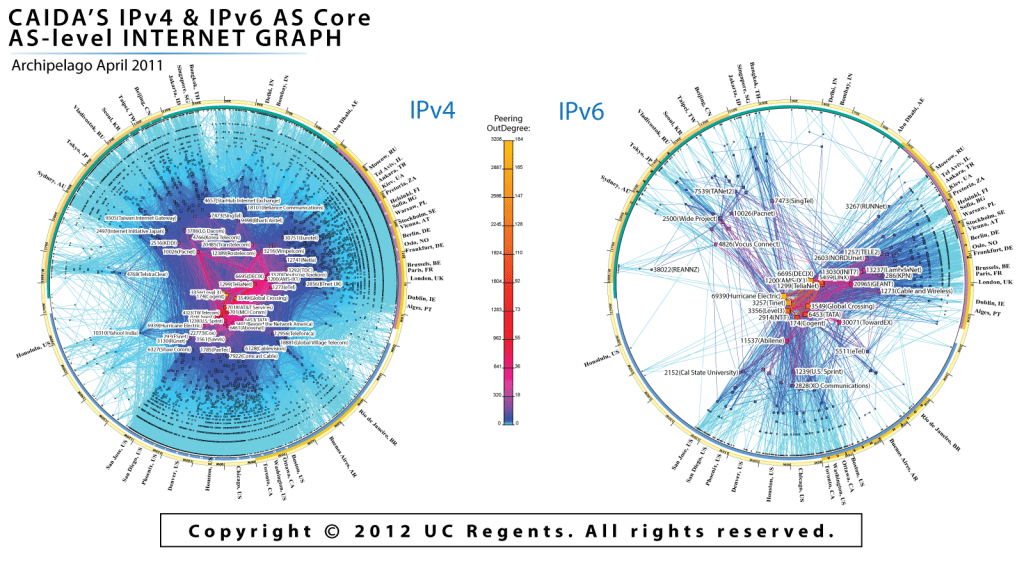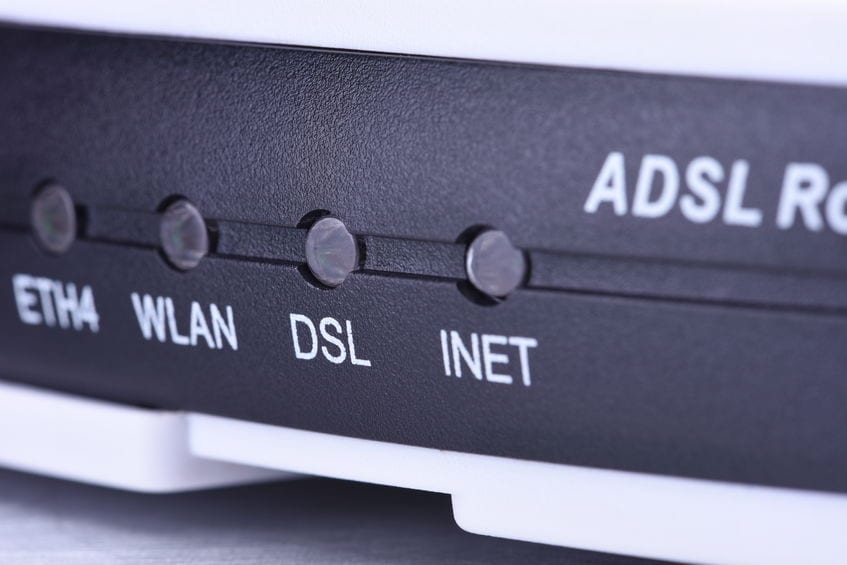 The threat of regulation, to one degree or another, often seems inevitable for the VoIP market. This wasn’t always the case. In the very early days of VoIP it seemed like the communications technology would remain independent of governmental interference, largely due to its net-based nature. Yet as VoIP use grew over the years, and as it became increasingly clear how big a player VoIP was going to be in the larger telecom market, the notion of regulation began to seem more and more inevitable and, to some people, more and more necessary to ensure the normal, everyday telecommunications technologies of the future continue provide reliable service and access to emergency services, to name just a few avenues of concern for VoIP users and potential regulators.
The threat of regulation, to one degree or another, often seems inevitable for the VoIP market. This wasn’t always the case. In the very early days of VoIP it seemed like the communications technology would remain independent of governmental interference, largely due to its net-based nature. Yet as VoIP use grew over the years, and as it became increasingly clear how big a player VoIP was going to be in the larger telecom market, the notion of regulation began to seem more and more inevitable and, to some people, more and more necessary to ensure the normal, everyday telecommunications technologies of the future continue provide reliable service and access to emergency services, to name just a few avenues of concern for VoIP users and potential regulators.
 Sam Rozenfeld
Sam Rozenfeld
Can Hosted PBX Improve Employee Retention?
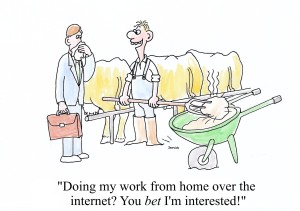 Most of the time we talk about the benefits of the Unified Communications, such as hosted PBX services, we talk about the direct benefits your business will enjoy. We often talk about the increased scalability and organizational flexibility that will give your business the ability to grow and shrink as needed. We often talk about the cost savings associated with hosted PBX and how these savings quickly and effectively mitigate whatever start-up costs your business may incur making the switch. We also talk about how hosted VoIP telephony provides business continuity services, and how it offers a wealth of intelligent features and improvements over traditional telephone systems.
Most of the time we talk about the benefits of the Unified Communications, such as hosted PBX services, we talk about the direct benefits your business will enjoy. We often talk about the increased scalability and organizational flexibility that will give your business the ability to grow and shrink as needed. We often talk about the cost savings associated with hosted PBX and how these savings quickly and effectively mitigate whatever start-up costs your business may incur making the switch. We also talk about how hosted VoIP telephony provides business continuity services, and how it offers a wealth of intelligent features and improvements over traditional telephone systems.
All of these business-oriented benefits are true, but focusing exclusively on them obscures the human side of the equation- the fact that all the benefits offered by digital telephony directly assist your employees and improve their satisfaction with their jobs. In fact, a recent study has shown that VoIP telephony may do more than improve customer satisfaction, switching to Unified Communications will likely increase employee retention.
Hosted PBX and Business Continuity in Times of Crisis
 With Superstorm Sandy causing untold destruction and massive disruptions to large swathes of New Jersey and New York City, some organizations have begun to wonder how, exactly, they’d fair if they were hit by a massive weather systems, while other organizations are left with the mess of figuring out how they’re going to rebuild their communications infrastructure in a manner that will ensure continuity no matter what happens. The solution both of these sets of organizations are looking for lies in a hosted PBX – the only cost effective communications solution that will help them get back up and running as quickly as possible no matter what happens to their HQ.
With Superstorm Sandy causing untold destruction and massive disruptions to large swathes of New Jersey and New York City, some organizations have begun to wonder how, exactly, they’d fair if they were hit by a massive weather systems, while other organizations are left with the mess of figuring out how they’re going to rebuild their communications infrastructure in a manner that will ensure continuity no matter what happens. The solution both of these sets of organizations are looking for lies in a hosted PBX – the only cost effective communications solution that will help them get back up and running as quickly as possible no matter what happens to their HQ.
PBX Market Bump as Q2 Results Roll In
 Any talk of the PBX market dying or of even slowing down need to be taken with a heavy grain of salt. We do understand why some people might say the PBX market is down for the count. The market isn’t seeing growth quite as explosive as when the tech went mainstream a couple of years ago, but a recent Infonetics report on the market’s Q2 2012 results makes it very, very clear that the PBX market still has plenty of room to stretch its legs. We’ve been saying for a long time that the next 5-10 years of PBX is going to be really exciting, and this Infonetics report seems to validate those suspicions.
Any talk of the PBX market dying or of even slowing down need to be taken with a heavy grain of salt. We do understand why some people might say the PBX market is down for the count. The market isn’t seeing growth quite as explosive as when the tech went mainstream a couple of years ago, but a recent Infonetics report on the market’s Q2 2012 results makes it very, very clear that the PBX market still has plenty of room to stretch its legs. We’ve been saying for a long time that the next 5-10 years of PBX is going to be really exciting, and this Infonetics report seems to validate those suspicions.
Does FCC Ruling on Verizon Mean Free Tethering for All?
The FCC have not always been a force for good when it comes to making sure telecom companies provide the highest quality services at the reasonable prices. Traditionally the FCC has supported the telecommunication oligarchies that lead to a century of developmental stagnation and the continued dominance of a handful of telephony providers over an ever-expanding mobile-fueled empire.
Alright, alright… that sounds a little dramatic. The FCC often sides with larger telecommunication companies for the same reason governmental agencies across the board side with the big players in their respective industries:
- It’s easier for the government to communicate with a few massive organizations than many small companies.
- Large companies have the power and the resources needed to sustain long, effective lobbying efforts to pass through their policy opinions.
But no matter how loudly large companies may shout their opinions, and no matter how much money they funnel into their lobbying efforts, they don’t win every dispute, as evidenced by the recent FCC ruling on Verizon’s ban on third-party tethering applications.
Will the Switch to IPv6 Create VoIP and PBX Problems?
Right now the Internet is going through a massive transition, an overhaul of the addresses that will impact every network device connected to it.
What is this overhaul?
How will it change the Internet?
And how will it impact business VoIP telephony?
Big Questions First
The massive transition we’re talking about here is the change from IPv4 to IPv6, or the change from the old Internet Protocol (IP) system to its newest iteration. Int
Now, the old IP is known as the Internet Protocol Version 4, or the IPv4, and it’s the set of rules that have been in place providing the scaffolding for the Internet since day 1. IPv4 works really well, as most internet communication still occurs using its rules, but we’re now transitioning to the new version of the Internet Protocol, a new set of scaffolding known as the Internet Protocol version 6 or IPv6.ernet Protocol lies at the heart of how the Internet works; it defines the way data packets transfer from one connected device to another over various bundles of equipment, cables and wireless signals. The Internet Protocol outlines the rules for how these data packets are labelled, how they are located, and how they are routed over the web.
So basically we’re in the middle, or more accurately at the beginning, of transition from IPv4 to IPv6.
Just How Big Will VoIP Market Grow? (Part 1)
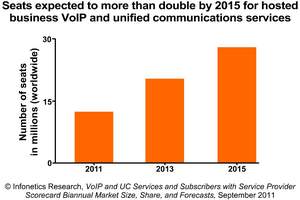 We’ve all heard the reports that business VoIP is projected to grow massively over the next couple of years. We’ve all heard predictions that the VoIP market is going to be extremely exciting throughout the rest of this decade. We’ve all heard that VoIP is the future of telephony, for both enterprise markets and the private sphere. But most of the predictions are extremely vague. Thankfully we’re starting to see some new reports come in that begin to align these predictions with some real numbers, and the VoIP-dominated future they predict appears to exceed what most of us anticipated.
We’ve all heard the reports that business VoIP is projected to grow massively over the next couple of years. We’ve all heard predictions that the VoIP market is going to be extremely exciting throughout the rest of this decade. We’ve all heard that VoIP is the future of telephony, for both enterprise markets and the private sphere. But most of the predictions are extremely vague. Thankfully we’re starting to see some new reports come in that begin to align these predictions with some real numbers, and the VoIP-dominated future they predict appears to exceed what most of us anticipated.
Why is Skype Launching Free Wi-Fi in Britain?
 There’s no question right now whether VoIP is eventually going to become the default mode of telephony communication throughout the world, for both domestic and international communications. Instead, the real question is how VoIP will pursue its path to world dominance. Most likely we’re going to see a mix of different implementation methods. The major mobile carriers will likely switch all of their services, including telephone calls, under a single data plan, a shift that will effectively create mass adoption of VoIP regardless of whether mobile users ever become aware of the transition. But despite the power they have to make VoIP the standard for mobile communications overnight it’s increasingly clear the major mobile carriers aren’t the only players in the access or IP transport business with their eyes on new revenue streams, a point driven home by Skype’s recent initiative to provide free wireless across Britain.
There’s no question right now whether VoIP is eventually going to become the default mode of telephony communication throughout the world, for both domestic and international communications. Instead, the real question is how VoIP will pursue its path to world dominance. Most likely we’re going to see a mix of different implementation methods. The major mobile carriers will likely switch all of their services, including telephone calls, under a single data plan, a shift that will effectively create mass adoption of VoIP regardless of whether mobile users ever become aware of the transition. But despite the power they have to make VoIP the standard for mobile communications overnight it’s increasingly clear the major mobile carriers aren’t the only players in the access or IP transport business with their eyes on new revenue streams, a point driven home by Skype’s recent initiative to provide free wireless across Britain.
VoIP over Cable or DSL?
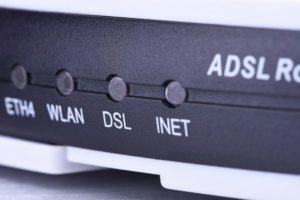 Making the switch to Voice Over Internet Protocol is a wise move for business owners. The choice is not only cost-effective, with relatively cheaper call rates than the conventional media, but it also has the added advantages of mobility and higher scalability, which are the frosting on the cake. However, you still have to make a choice between DSL and cable Internet. Both DSL and cable modems are good choices, although cable connection is more dependable and DSL is more reasonably priced. For your immediate needs, get in touch with us.
Making the switch to Voice Over Internet Protocol is a wise move for business owners. The choice is not only cost-effective, with relatively cheaper call rates than the conventional media, but it also has the added advantages of mobility and higher scalability, which are the frosting on the cake. However, you still have to make a choice between DSL and cable Internet. Both DSL and cable modems are good choices, although cable connection is more dependable and DSL is more reasonably priced. For your immediate needs, get in touch with us.
If you are considering the implementation of VoIP to reduce telephony costs for your very small business, there are a variety of ways to install a VoIP telephony solution. The different types of installation require infrastructure and environments which are designed to support the specific type of business telephony you want to use.
Two of the different types of VoIP installation include cable and DSL or Digital Subscriber Line. Cable installation requires high-speed cable broadband and a cable modem with VoIP to establish connectivity. DSL VoIP requires a slightly different type of connectivity and infrastructure.
To help you understand the difference between the two types let’s start with the difference between a cable connection and a DSL connection.
